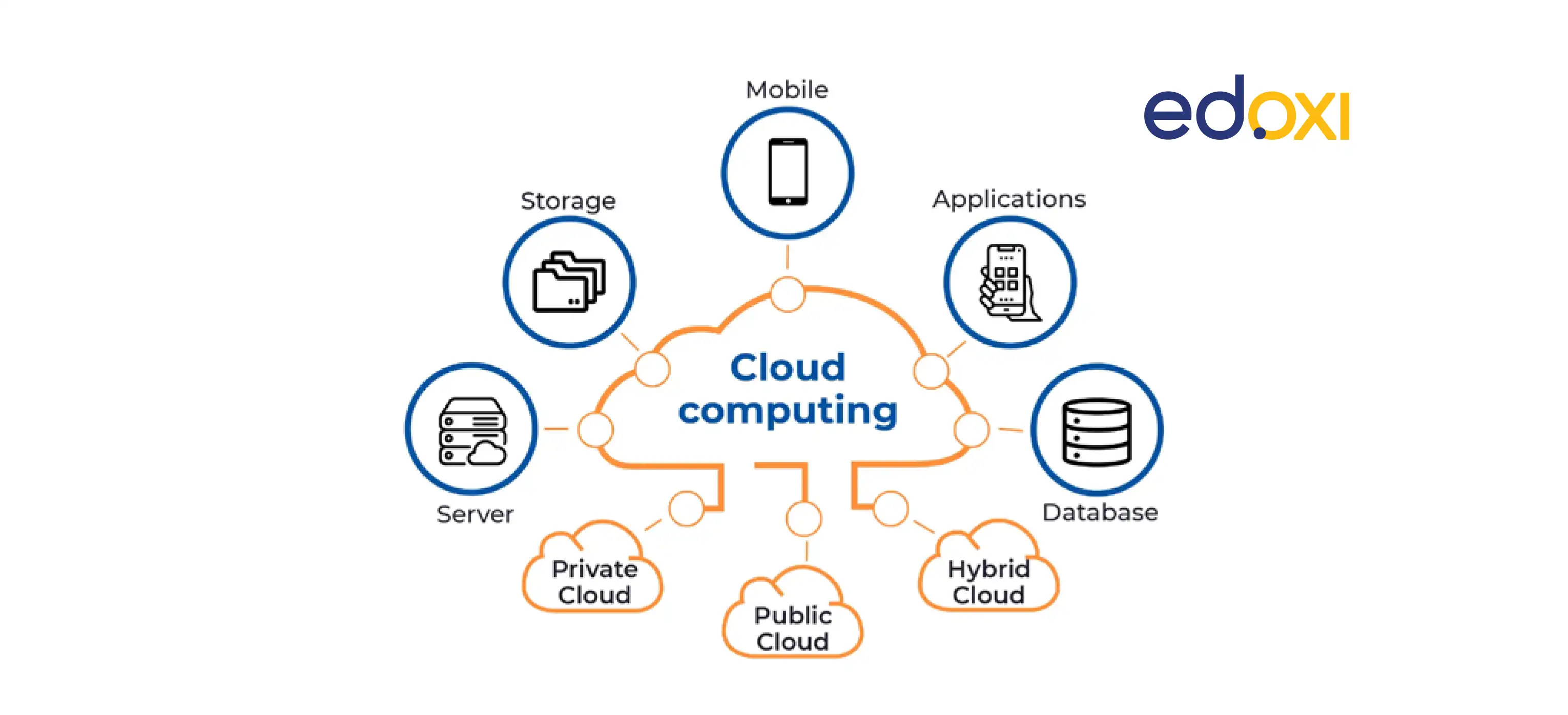Universal Cloud Service: Trustworthy and Reliable Solutions for Your Service
Wiki Article
Achieve Seamless Scalability With Cloud Solutions
In the ever-evolving landscape of cloud solutions, attaining seamless scalability stands as a keystone for modern-day organizations seeking to stay affordable and adaptable. The capacity to effortlessly broaden or contract resources in response to altering demands is an essential advantage in today's busy digital setting. By mastering the art of scalable cloud remedies, organizations can not just enhance performance and streamline procedures however also lead the way for future development and advancement. The pursuit for seamless scalability with cloud services introduces a world of possibilities for those going to accept the transformative power of vibrant resource administration.Advantages of Cloud Scalability
Cloud scalability supplies organizations the flexibility to dynamically change resources based on demand, making certain ideal efficiency and price efficiency. One essential advantage is the ability to scale resources up or down swiftly in action to fluctuating work. This agility makes it possible for organizations to meet altering client requirements without over-provisioning sources, inevitably causing set you back financial savings. Scalability additionally boosts efficiency by ensuring that systems can deal with increased website traffic or work without experiencing downtime or slowdowns. By efficiently designating sources, companies can maintain high levels of efficiency during peak times without unneeded expenses throughout quieter periods. Additionally, cloud scalability advertises innovation and experimentation by enabling organizations to conveniently test originalities and range them as needed. This adaptability encourages a culture of continuous improvement and adjustment, enabling companies to remain affordable in a quickly progressing market landscape. Eventually, the benefits of cloud scalability extend past cost financial savings to incorporate better efficiency, dexterity, and technology.Key Features for Scaling
Effective scaling in cloud services relies on vital features that make it possible for companies to adjust sources dynamically based on need. One important attribute for scaling is elasticity, enabling sources to scale up or down in response to changing work. This makes certain that companies can fulfill efficiency demands without over-provisioning sources. One more key attribute is scalability, making it possible for systems to take care of raised work by including resources flawlessly. This attribute is essential for accommodating development without endangering performance. Furthermore, automation plays a crucial function in scaling by automating the provisioning and de-provisioning of sources based on predefined policies. Automation lowers human intervention, improves performance, and ensures fast action to changing needs. Tracking and analytics tools are additionally vital for scaling, giving insights into source application, efficiency metrics, and potential bottlenecks. These tools allow companies to optimize and make informed choices source allocation for reliable scaling. Overall, these essential functions jointly encourage companies to attain smooth scalability in cloud solutions.Implementing Auto-Scaling Approaches
To successfully enhance source allotment and adapt to differing workloads, organizations need to strategically execute auto-scaling strategies in their cloud services facilities. Auto-scaling allows systems to instantly readjust the variety of compute sources based on real-time need. There are numerous auto-scaling approaches that organizations can employ, such as anticipating scaling, which uses historic information to anticipate future resource demands, and reactive scaling, which replies to present workload changes.
Ideal Practices for Scalability
For companies aiming to boost their scalability in cloud solutions, implementing finest techniques is important for optimal performance and resource administration. One secret best practice is designing applications with a microservices architecture. This method breaks down applications into smaller sized, independent services that can be deployed, upgraded, and scaled separately, permitting for better versatility and scalability.One more vital practice is making use of containerization innovation, such as Docker or Kubernetes. Containers allow the packaging of applications and their dependencies right into separated units, making it simpler to scale components independently and deploy them continually across various environments.
Furthermore, implementing automated release and framework as code (IaC) can simplify scalability initiatives (linkdaddy cloud services). Automation devices like Terraform or Ansible assistance in provisioning and taking care of resources effectively, decreasing manual mistakes and making it possible for fast scalability
Moreover, checking performance metrics, establishing notifies, and performing regular ability planning are essential practices to make certain positive scalability monitoring. By adhering to these ideal practices, companies can attain seamless scalability in their cloud services while discover here optimizing performance and source use.
Surveillance Efficiency Metrics
When examining the effectiveness of cloud solutions scalability, closely keeping an eye on efficiency metrics is important for ensuring optimal functionality and resource allowance. By constantly tracking key performance indications (KPIs) such as feedback times, resource, latency, and throughput utilization, companies can obtain important insights right into the health and wellness and performance of their cloud framework. Keeping track of efficiency metrics enables the early detection of potential traffic jams or issues that can influence scalability, enabling proactive steps to be taken to address them prior to they escalate.
Conclusion
In final thought, achieving smooth scalability with cloud services is essential for companies to enhance performance, enhance development, and preserve high performance levels during peak times. By leveraging the advantages of cloud scalability, applying auto-scaling techniques, using crucial functions such as flexibility and automation, and following best techniques like application design and performance monitoring, organizations can effectively scale their systems while making the most of source use and efficiency.The pursuit for smooth scalability with cloud solutions reveals a world of opportunities for those prepared to accept the transformative power of vibrant resource monitoring.
Cloud scalability offers companies the versatility to dynamically adjust sources based on demand, ensuring ideal performance and price effectiveness. One more key attribute is scalability, allowing systems to deal with raised work by including resources effortlessly.For companies intending to enhance their scalability in cloud services, carrying out finest techniques is essential for optimal performance and resource management.When examining the effectiveness of cloud solutions scalability, carefully monitoring performance metrics is important for making sure ideal capability and source allowance.
Report this wiki page